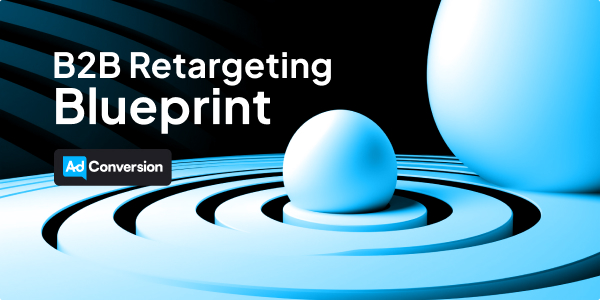10 Voice of Customer Marketing Tips to Create High-Converting Campaigns
How to Create an Effective Naming Convention for Your Google Ads Campaigns
How to Track Form Submissions in Google Tag Manager?
10 Tips for Running ABM and LinkedIn Ads That Actually Work
5 Best LinkedIn Advertising Agencies for B2B Growth in 2025
How to Use Negative Keyword Lists on Google Ads to Avoid Wasting Budget
10 Tips to Design an Effective LinkedIn Ads Funnel Architecture
10 Tips to Make Google Ads Work for Your B2B SaaS Company
10 Unorthodox Tips to Maximize the Impact of Your LinkedIn Ad Campaigns
10 Tips to Drive Pipeline Acceleration with Paid Media
How to Scale Outside of Paid Search with YouTube Ads & Demand Gen Campaigns for B2B SaaS
3 Messaging Mistakes B2B SaaS Companies Make in Their Ads (and How to Fix Them)
Behind Firefish Software’s Paid Media Strategy
3 Simple B2B PPC Optimization Tips For Better ROI [+Free Cheat Sheet]
How to Audit B2B Google Ads Accounts [+Free Template]
10 Techniques You Should Steal From Great B2B Ads
SEO for B2B SaaS: 10 Tips to Drive Pipeline and Revenue
10 Tips to Create Winning LinkedIn Thought Leader Ads
How To Create a B2B Google Ads Optimization Workflow [+Free Template]
Using the Jobs To Be Done Framework to Maximize Revenue in B2B Ads [+Free Template]
How to Create Tracking Templates in Google Ads
B2B Google Ads: How To Know If Google Is The Right Channel For Your SaaS
10 Tips to Create B2B Ads that Convert
10 Tips to Align Your Content and Paid Media Strategy
10 Tips to Make LinkedIn Ads Work for B2B SaaS
10 B2B SaaS Copywriting Tips for Better Ad Performance
How to Create LinkedIn Audiences that Convert
How to get LinkedIn-like Targeting with YouTube Ads for B2B
10 Tips You Need to Know Before Hiring Your Next Ad Agency or Consultant
Google Ads Quality Score: Everything You Need To Know (2024)
How To Use The Google Ads Editor In 2025: Bulk Upload Campaigns, Ads & Keywords
10 Tips for Free Competitor Research Using Ad Libraries
LinkedIn Ad Formats: How to Choose the Best One for Your Campaign
10 Expert Tips For Scaling Google Ads Demand Capture
10 Proven SaaS LinkedIn Ads Tips To Drive More ROI
4 Unique LinkedIn Ad Strategies To Drive More Webinar Registrations
14 Tested LinkedIn Ad Ideas to Scale Demos
How to Choose The Best Ad Platforms For B2B SaaS
How to Write Effective Responsive Search Ads in 3 Simple Steps
How to Create a Winning Google Ads Budget Strategy for B2B SaaS
14 Powerful LinkedIn Thought Leader Ad Strategies Worth Testing
10 Effective Account-Based Marketing Tactics For Modern B2B Marketers
Intro to B2B Google Ads: Crash Course For New Advertisers
B2B vs B2C Advertising: 8 Differences & Examples You Need To Know
How to Craft B2B Buyer Personas For Ad Targeting
5 Unconventional Ways to Use The LinkedIn Ads Library
LinkedIn Spotlight Ads In 2024: Are They Worth The Investment?
Beginner’s Guide to Google Ads Competitor Analysis In 2024
How To Get Your Ad Budget Approved In 2024
Top 10 LinkedIn Tips on Mastering Objectives & Bid Strategies
How to Build a Multichannel B2B Retargeting Strategy (Step-By-Step)
Insider Benchmarks From $1,041,978 In YouTube Ads Cost Data
10 Proven Landing Page Tips You Can Apply Today To Boost Your Conversion Rates
10 Insider Tips on Event Promotion From $1M+ In Ad Spend
10 Tips to Boost B2B SaaS Marketing Beyond Ad Platforms
B2B Advertising in 2024: The Definitive Guide
50+ Ad Specs for The Top 10 Ad Platforms
3 Powerful Strategies For Scaling SaaS Google Ads You Need To Know







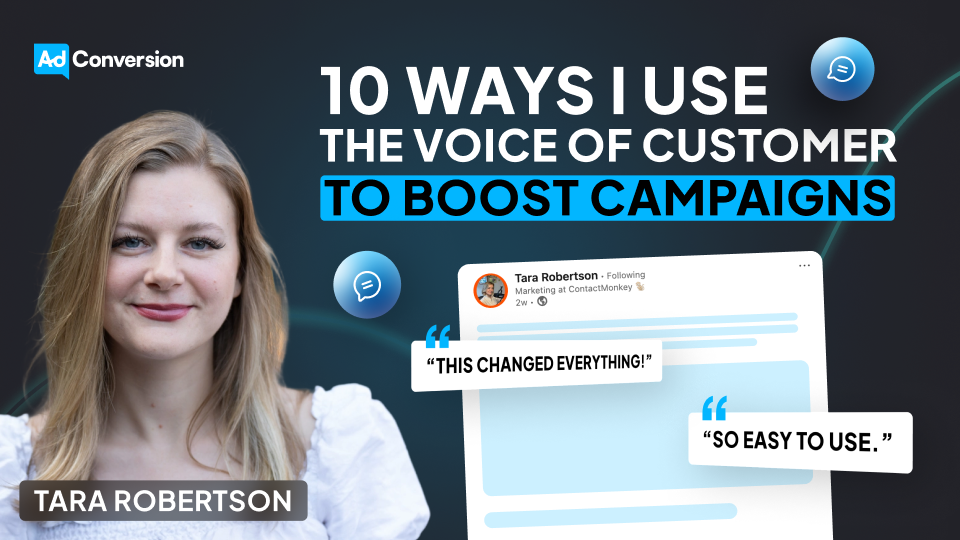

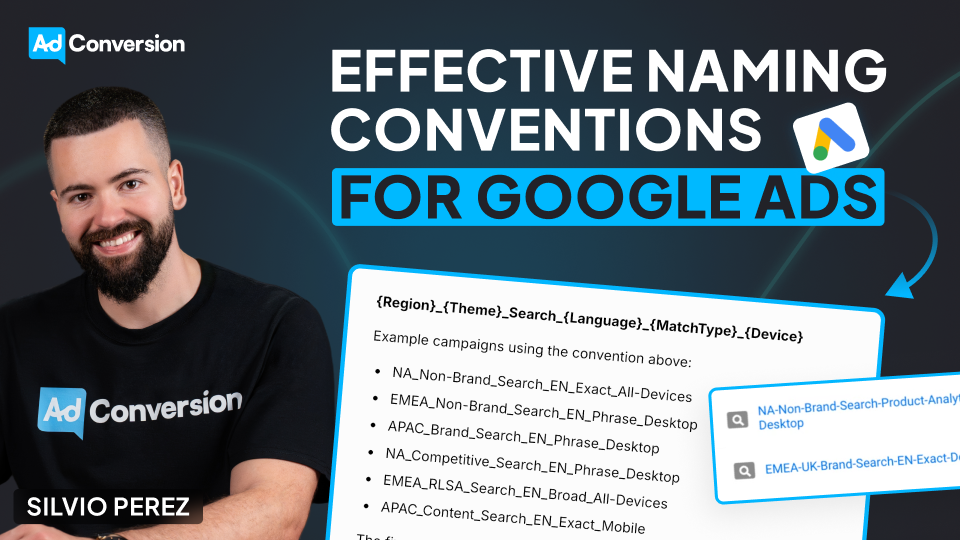
%20-%20new%20v2.png)

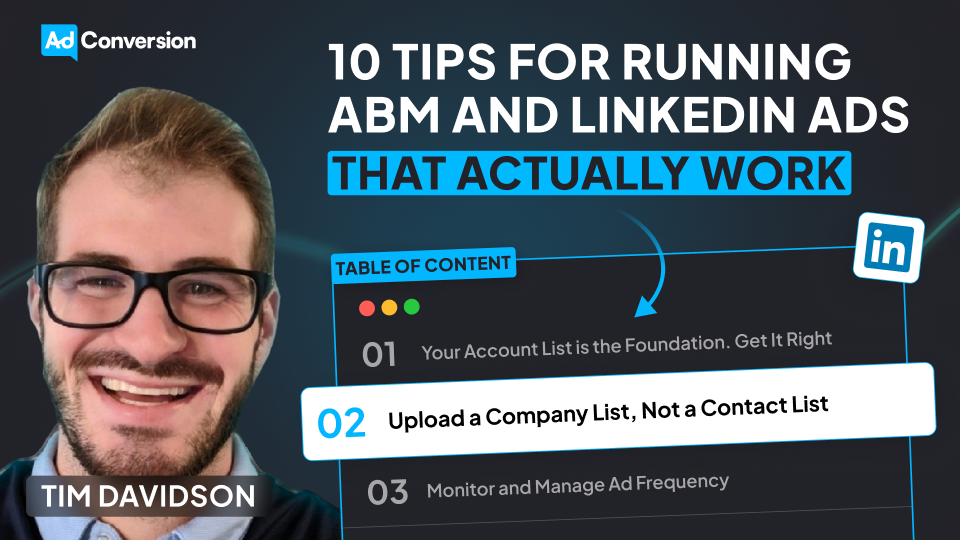
.jpeg)
.png)
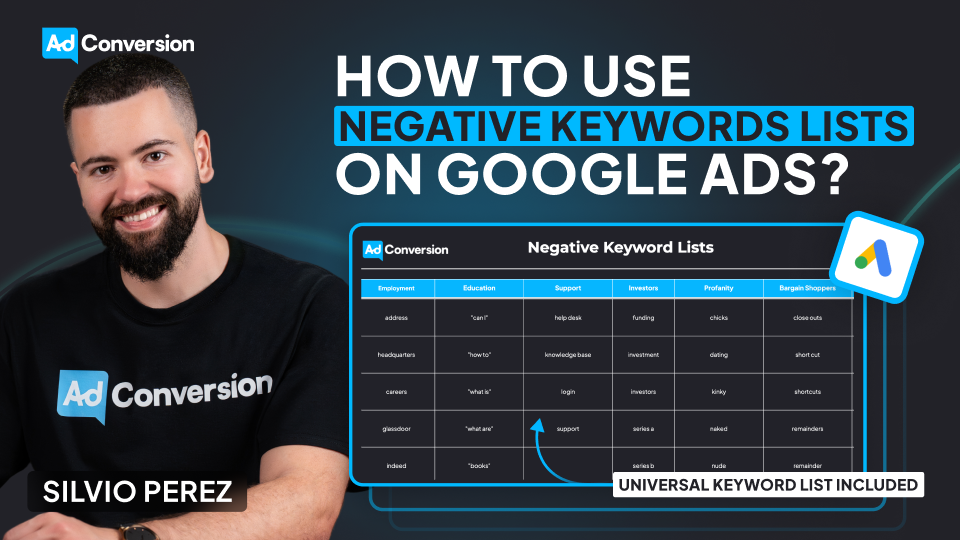
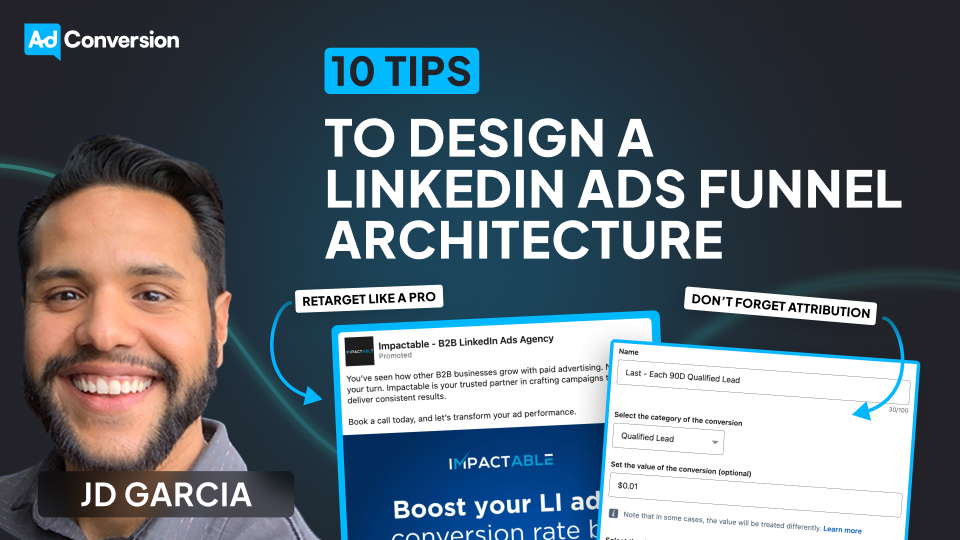

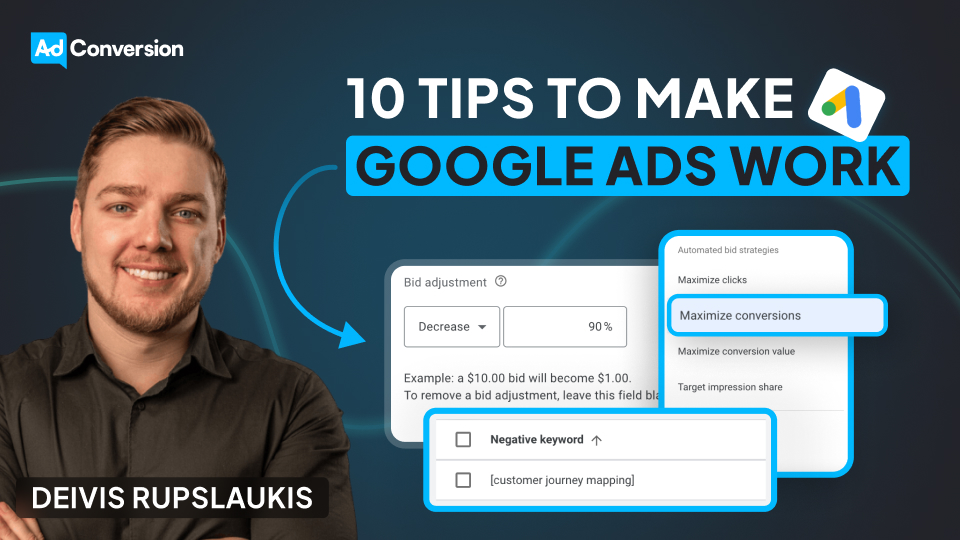

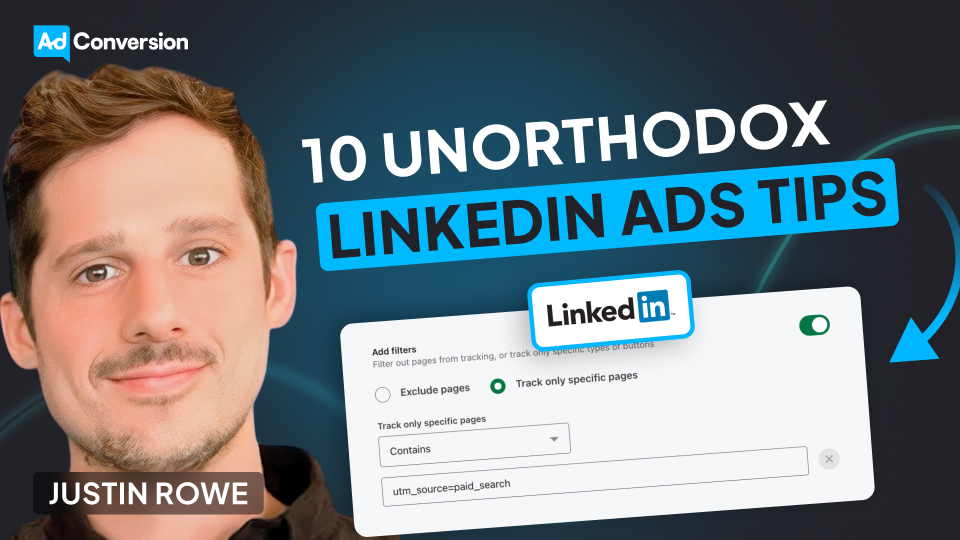




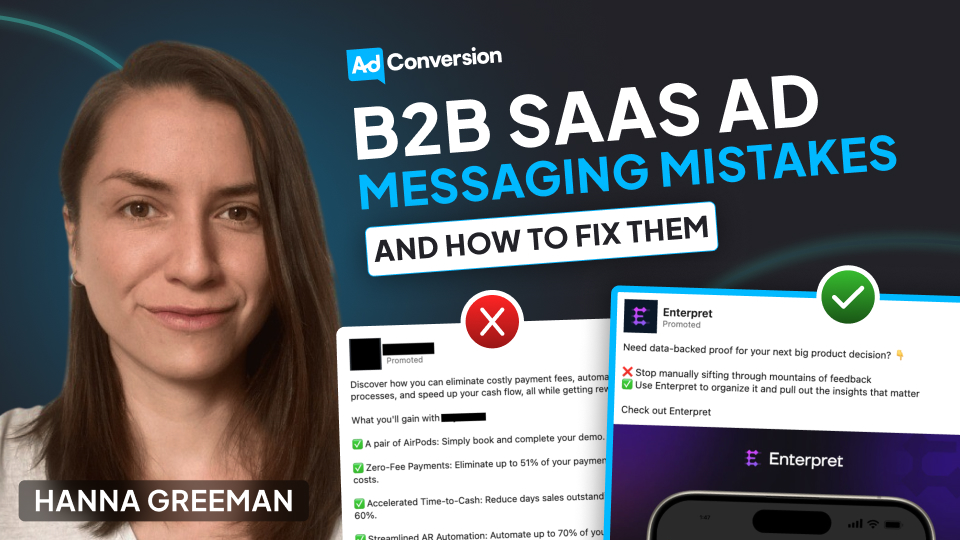

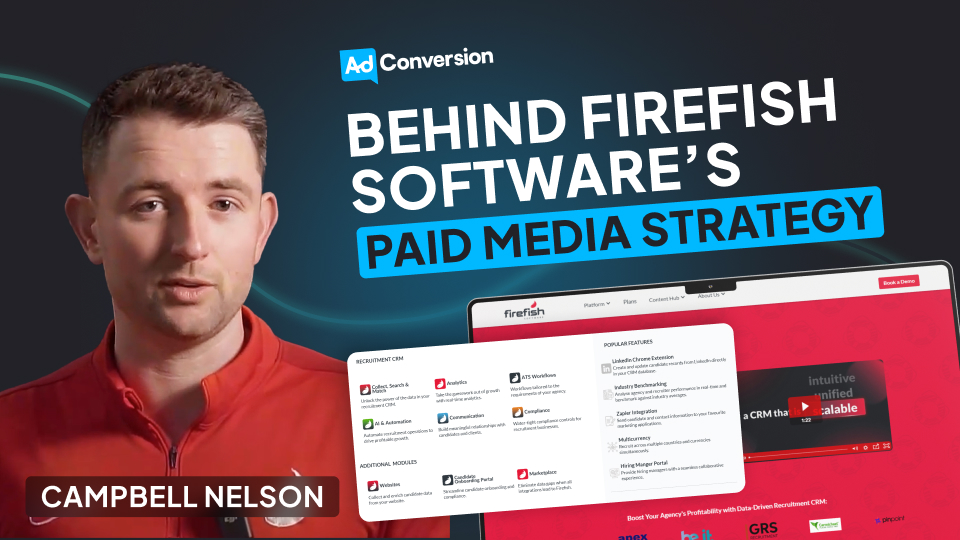

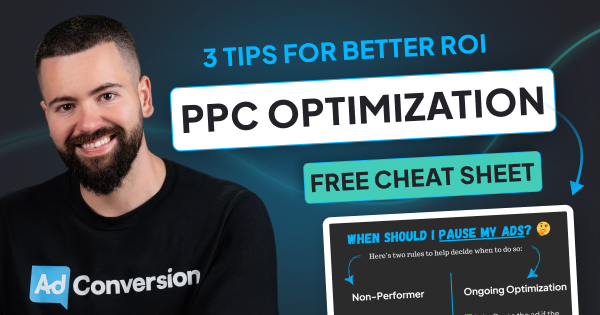
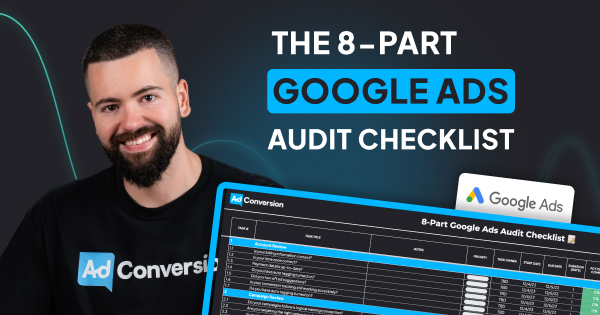






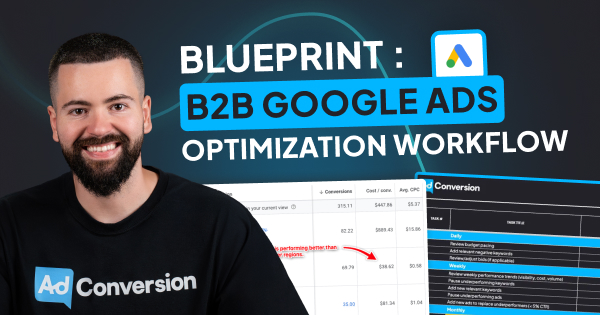
-2.jpg)
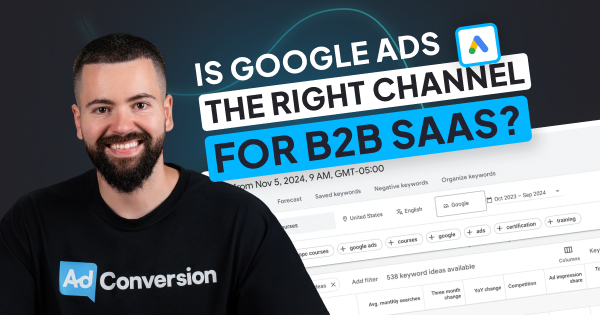




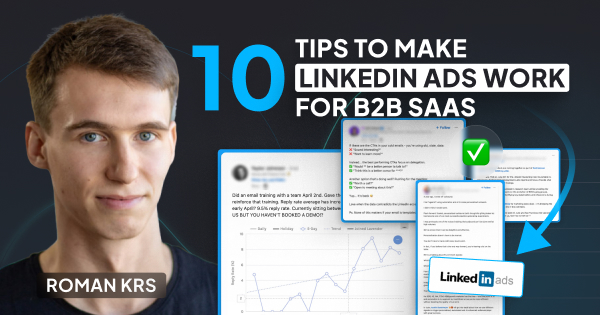

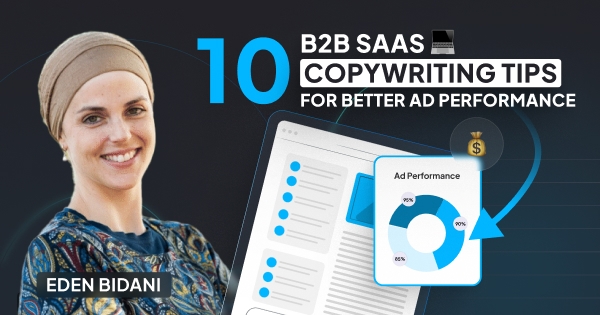




.jpg)
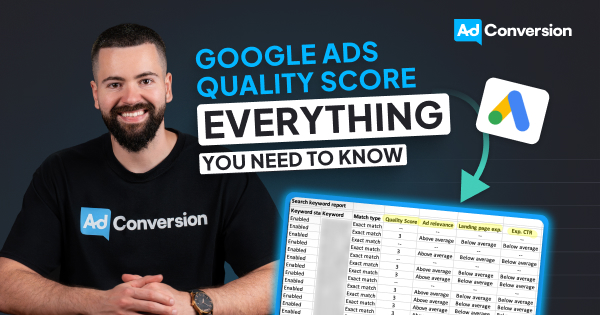
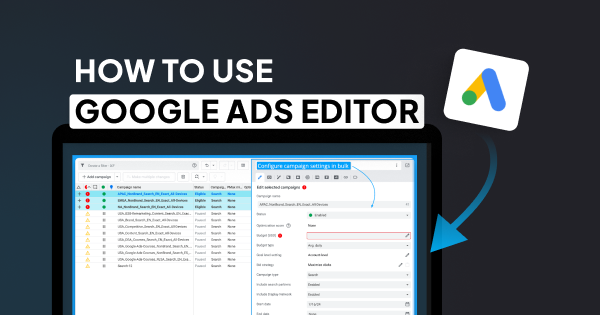
.jpg)

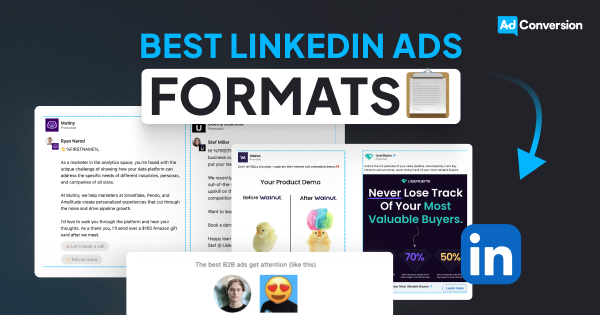

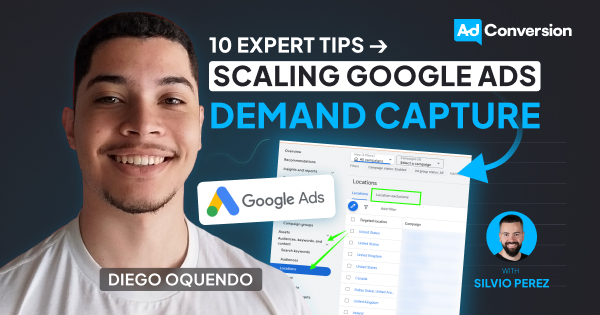

.jpg)

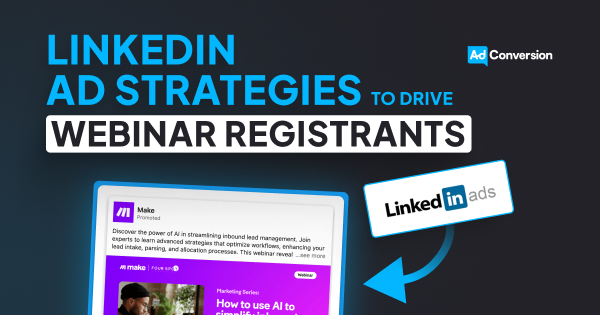

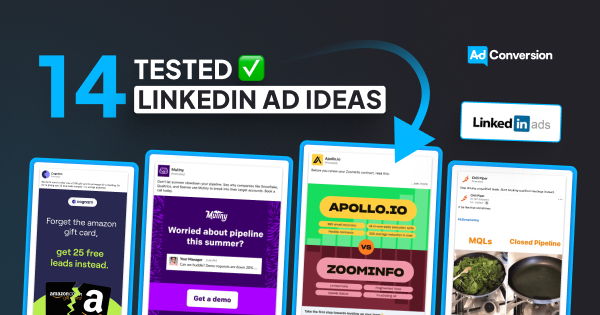

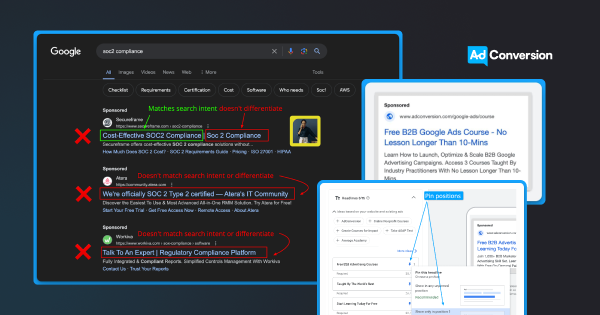



.png)

.png)

.png)
.png)



